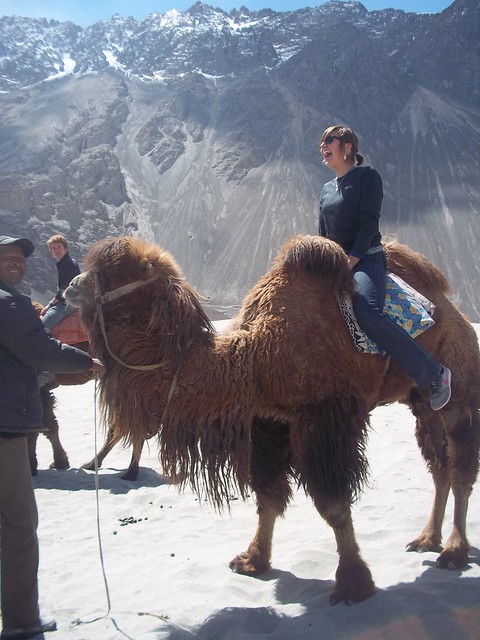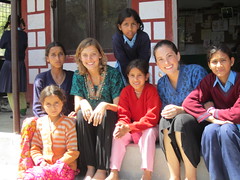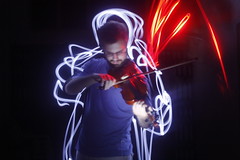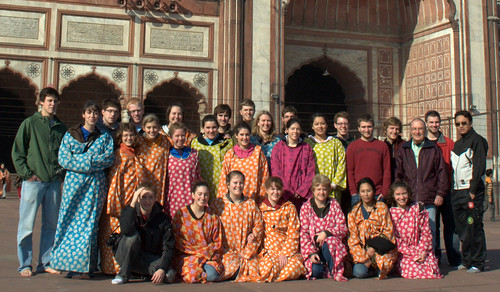Reflections on departing India
Upon returning to Delhi for our final time, the realization that we were indeed heading home in a few days started to settle in. Frantic shopping and creative packing techniques proved to me that I was actually about to leave this country that has slowly become my home. I was leaving the country that I … Continue Reading ››




